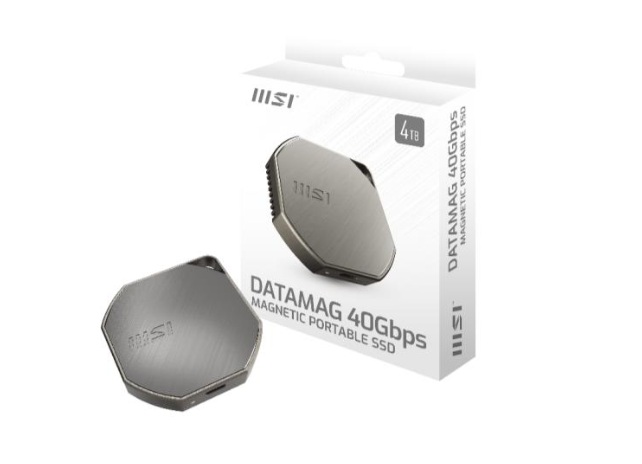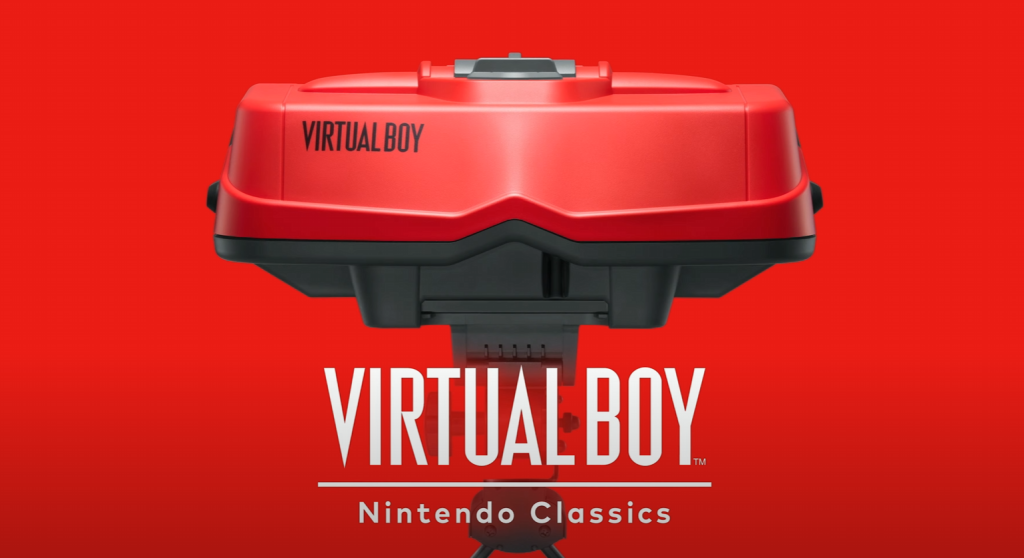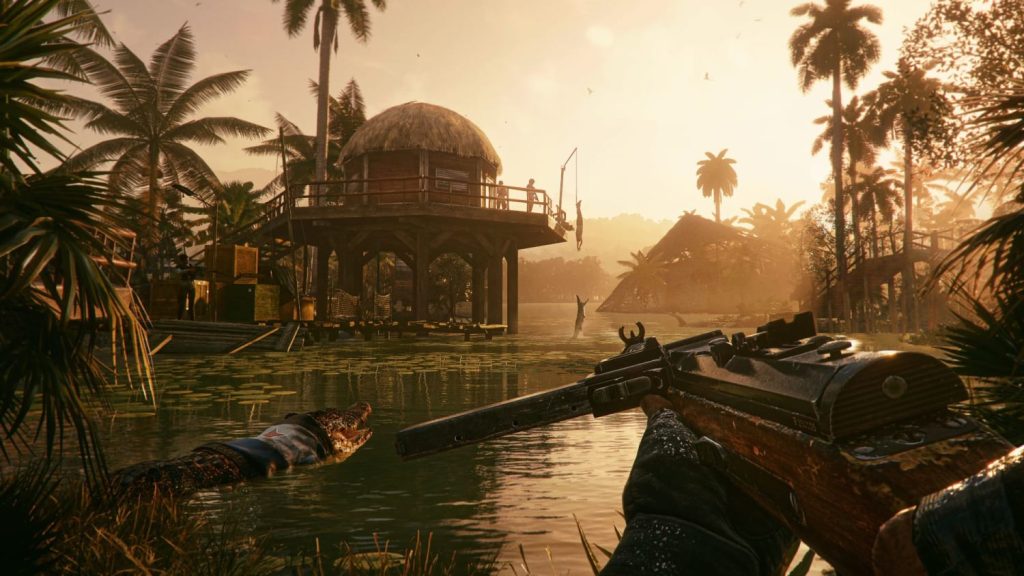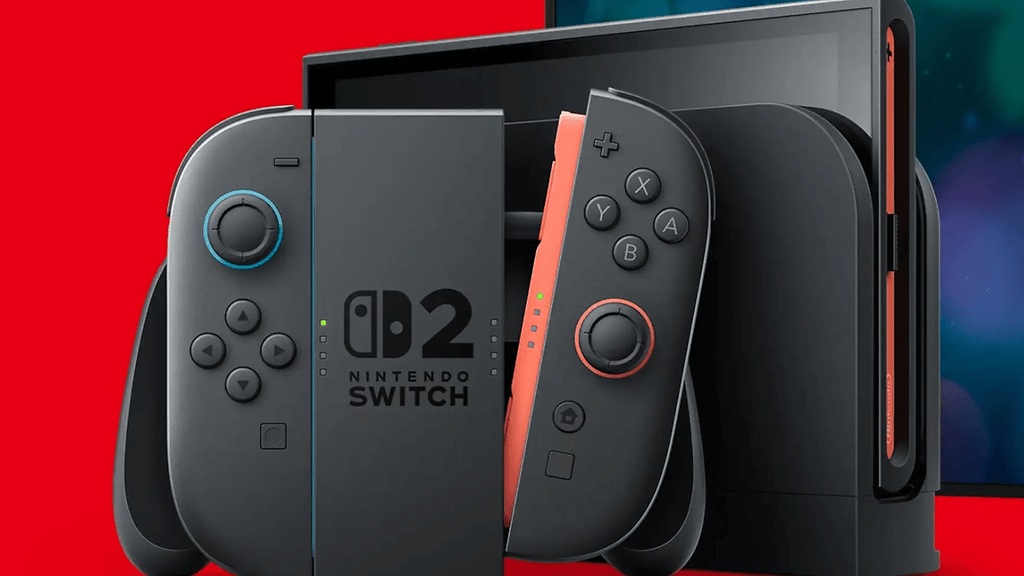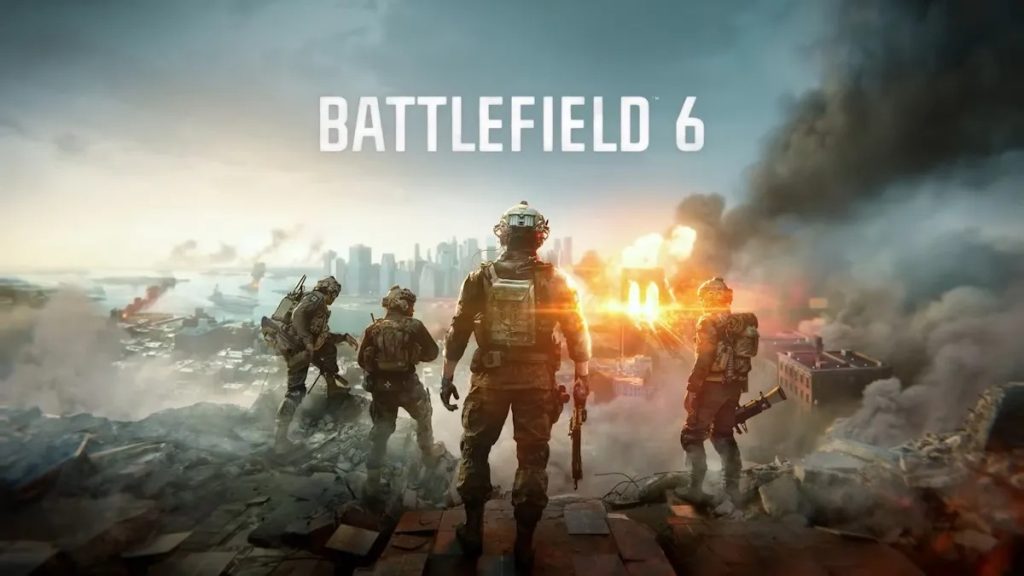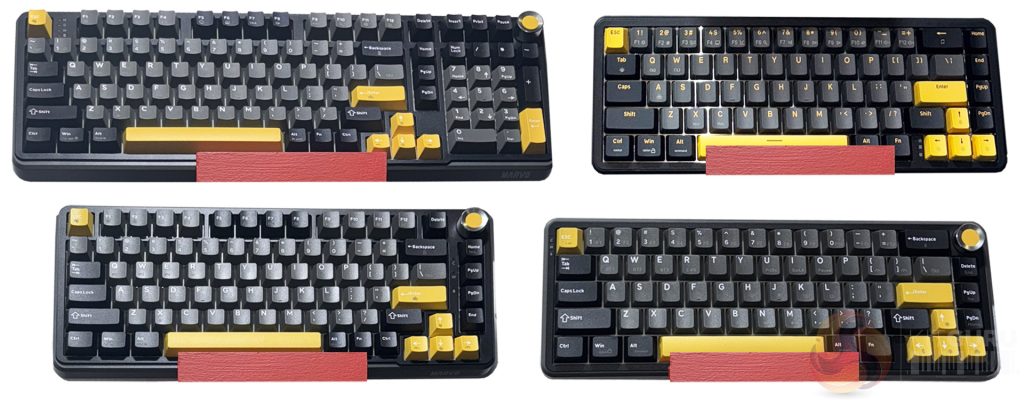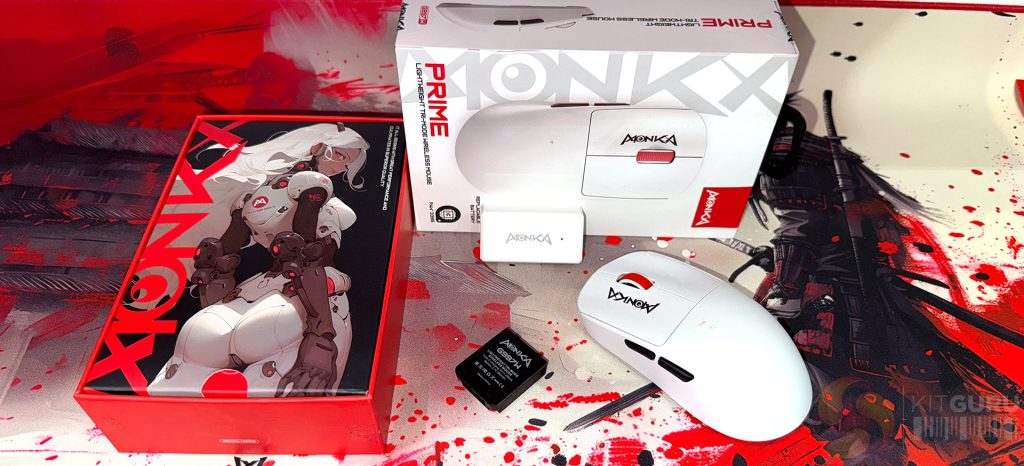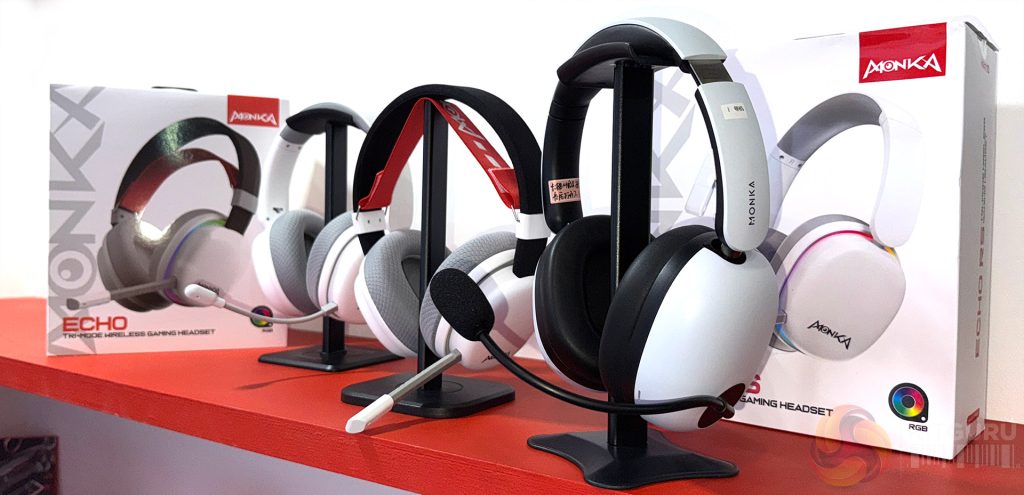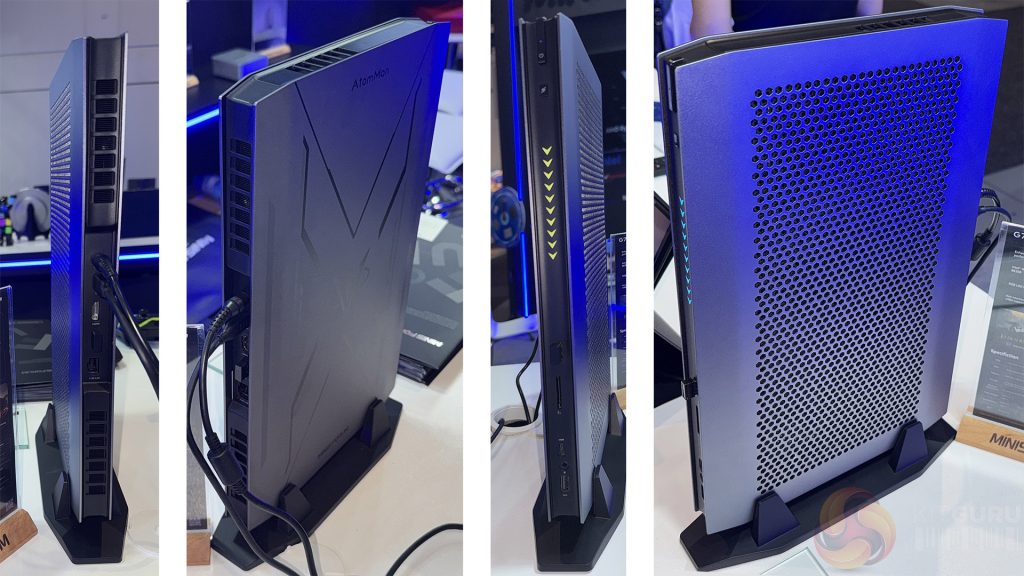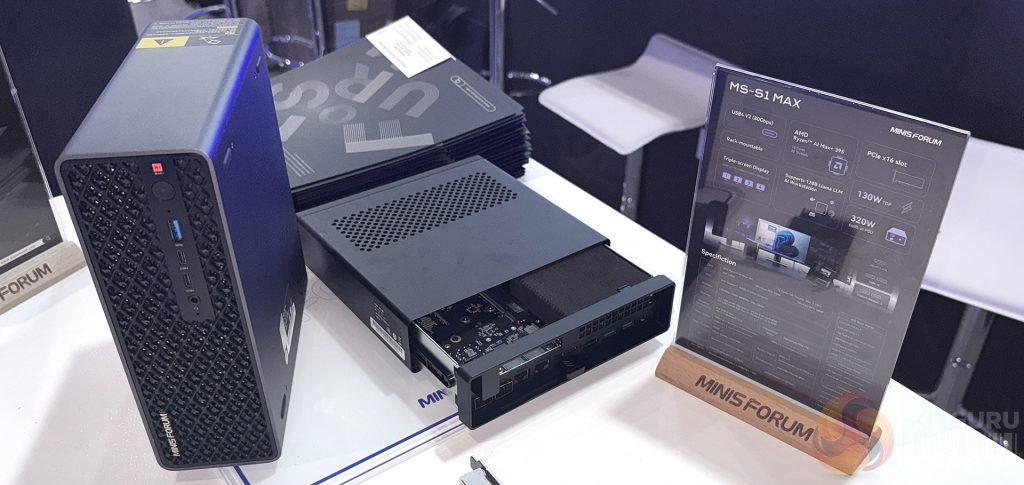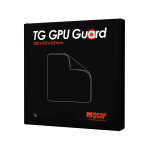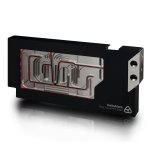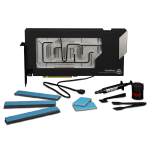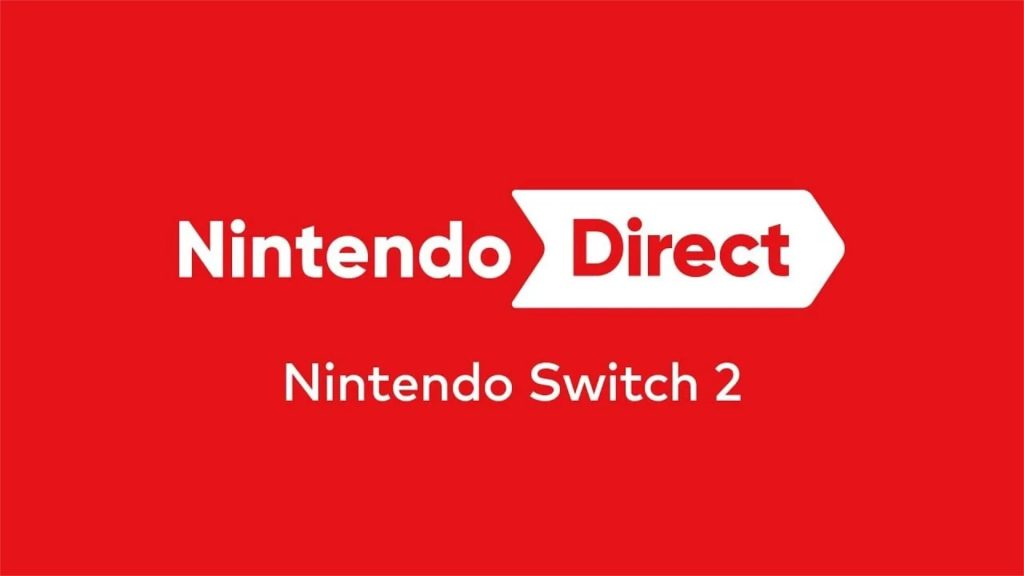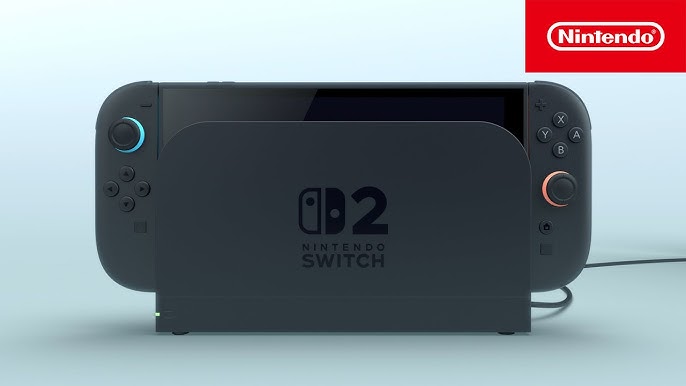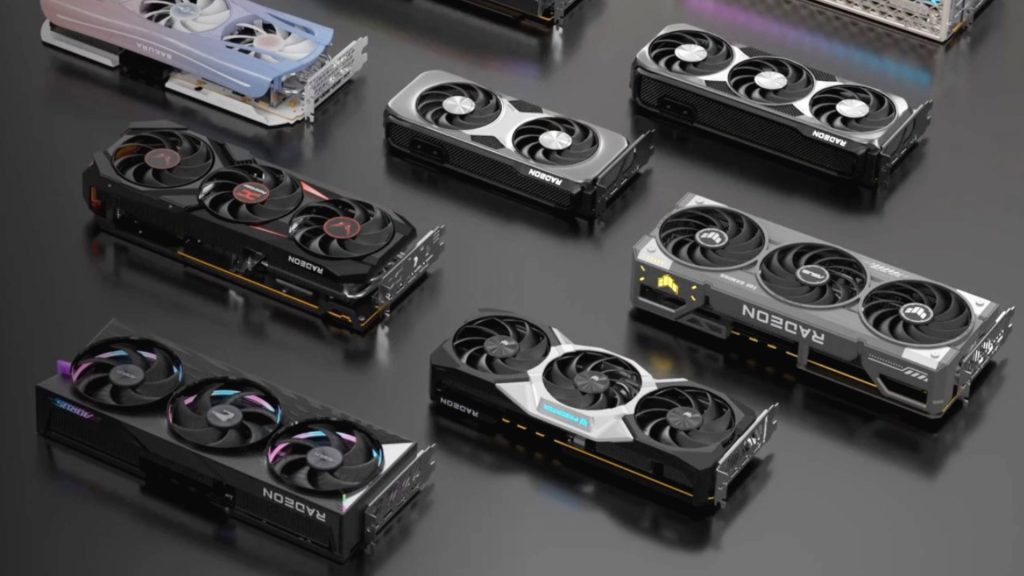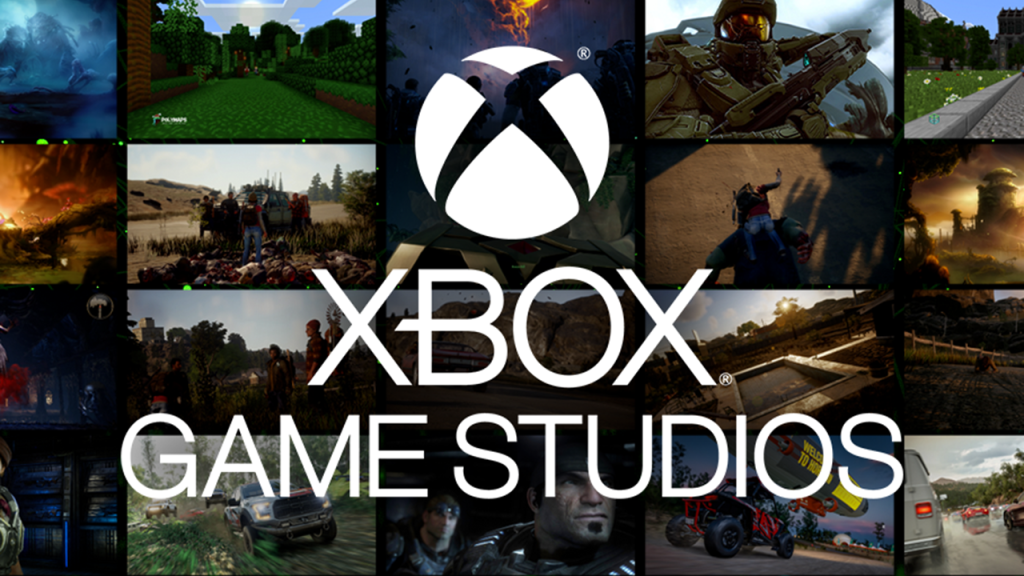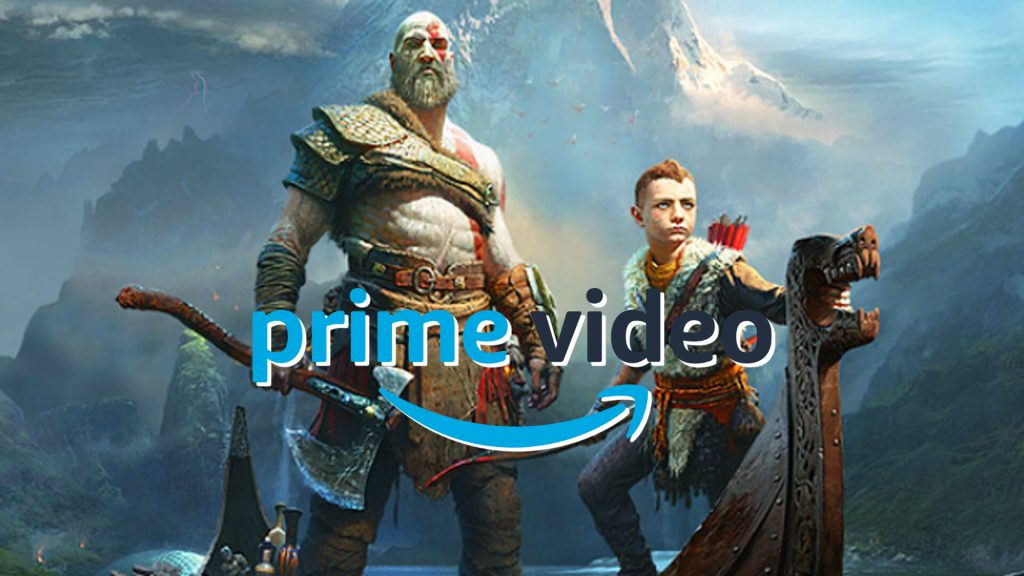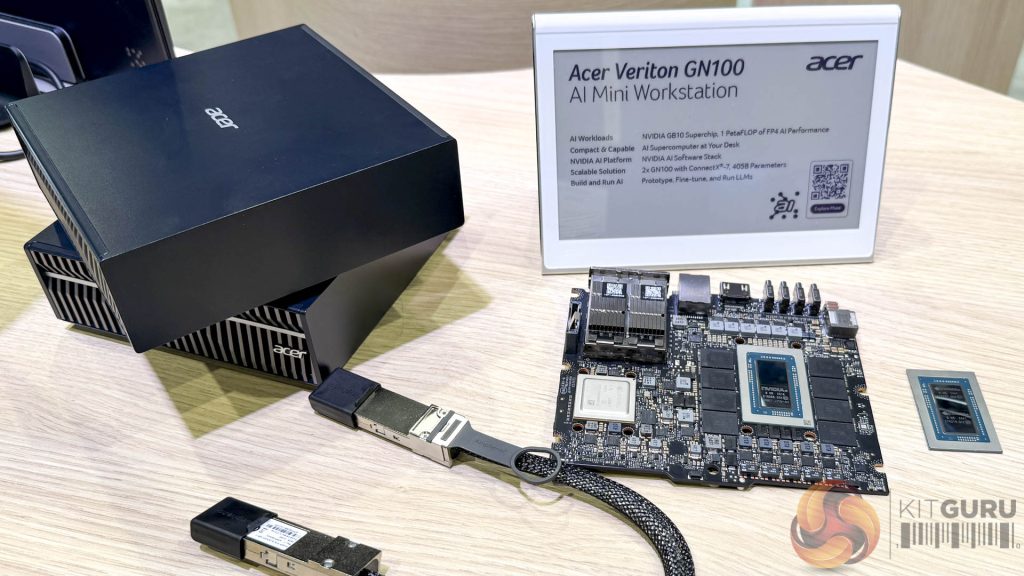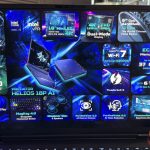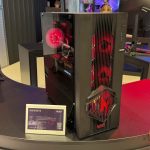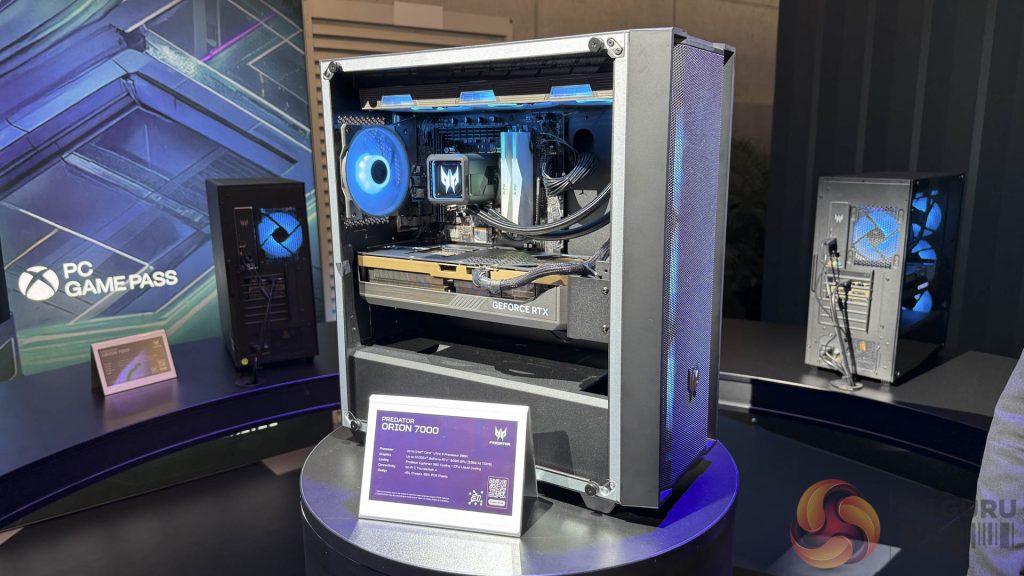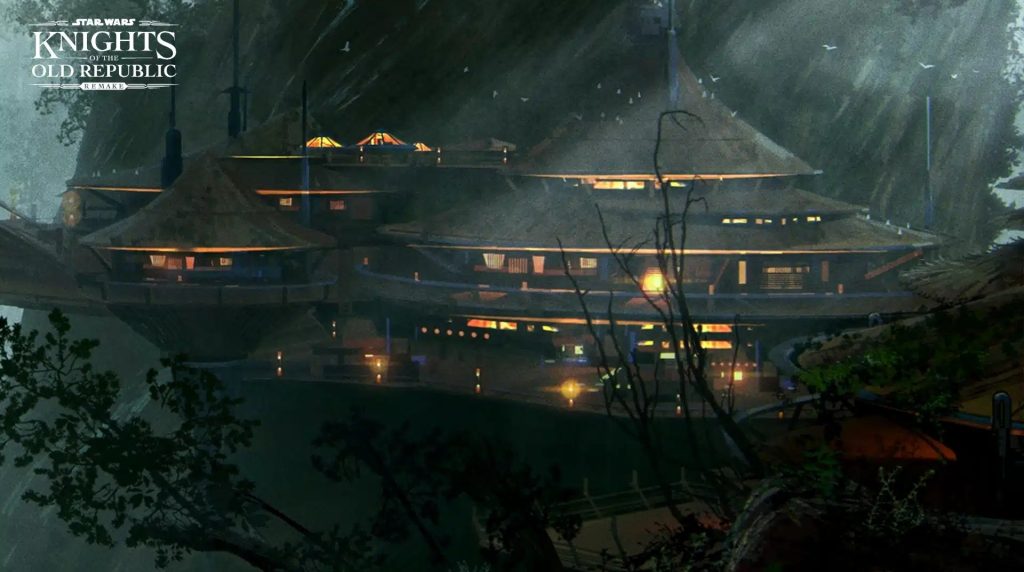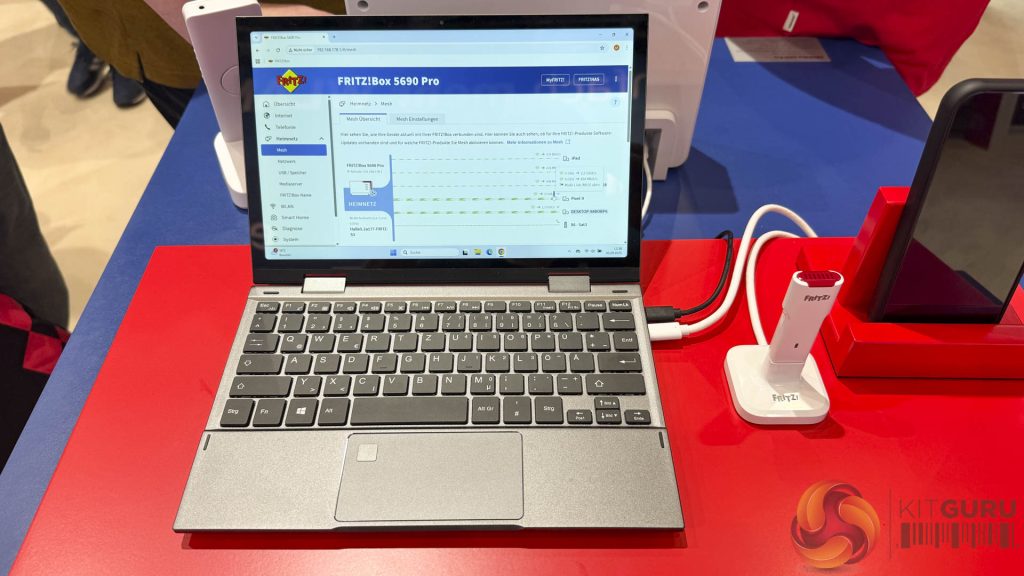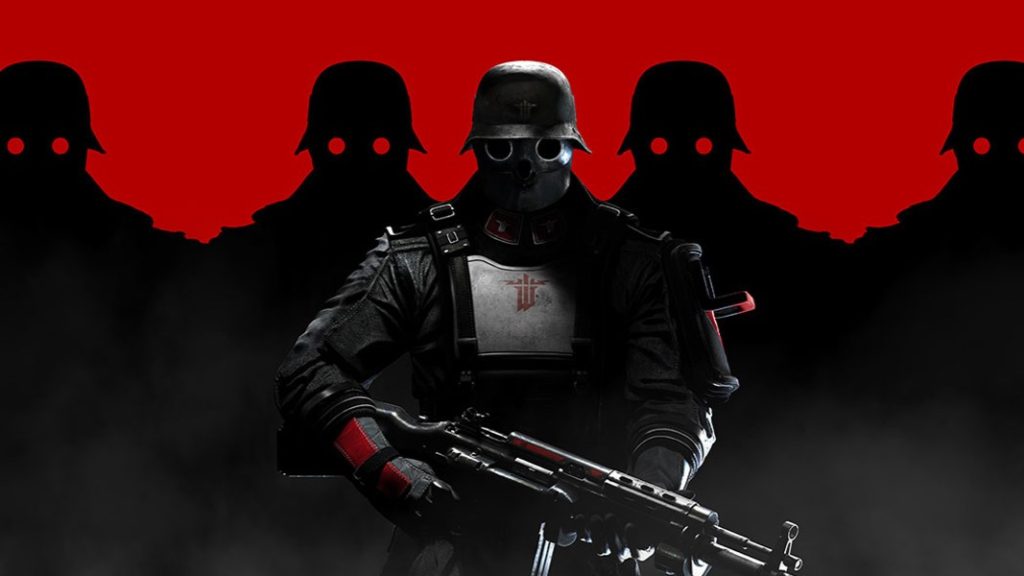I first started using GeForce Now back when it first became available for Nvidia Shield tablets over a decade ago. Back then, we were limited to 30FPS gameplay, with choppy controls and low resolutions. Since then, the service has come a very long way, offering RTX powered servers to bring features like ray-tracing and DLSS directly to you, no matter what device you are using. I've had early access to the new RTX 5080-powered servers, so let's jump back in and see if cloud gaming has reached a point where it could comfortably replace a traditional gaming PC.

The RTX 5080 rollout for GeForce Now Ultimate has begun and several European servers have received the upgrade. This means that GeForce Now Ultimate members get access to the latest Nvidia Blackwell GPU architecture and the benefits it brings, like DLSS 4 with Multi Frame Generation, and ray-tracing acceleration for greater performance in ray-traced titles. Compared to something like Xbox Cloud Gaming, which runs on custom Xbox Series X hardware, this is a huge step up in terms of graphical fidelity.
While services like Xbox Cloud Gaming are also limited to 1080p/60FPS streams, GeForce Now can go far beyond that, offering up to 4K streams, with HDR, full Chroma 4:4:4 and up to 360FPS streaming. For maximum fidelity, you can access the new Cinematic Quality Streaming mode, which offers 4K resolution at 60FPS but with 10-bit HDR and AV1 encoding, as well as the maximum possible bitrate. This is a very heavy setting though, requiring speeds of up to 100Mbps.
GeForce Now uses a multi-layered system to deliver low-latency streams, combining the likes of Nvidia Reflex to minimise input response times with smart packet management. The end result should be an experience that feels as good as native as long as my internet remains stable.
In my gaming time over the past week, I've sunk many hours into both single-player and multiplayer games through GeForce Now. I'll pop some screenshots below for each game running natively on my system with an RTX 4080, and then again on GeForce Now's RTX 5080 server running at the same settings. In both cases, the game on my PC and the game on GeForce Now will be running in QHD resolution, at up to 240FPS, with the maximum graphics settings available.
Cyberpunk 2077:
Cloud screenshots:




Native screenshots:

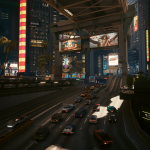


Cyberpunk 2077 is one of the most demanding PC games available thanks to its next-generation feature set. While Psycho-level ray-tracing is difficult to run on a last-generation graphics card like the RTX 4080, the RTX 5080 GeForce Now servers are able to run the game with ease, and the addition of frame generation adds some extra fluidity to the mix. This creates a funny situation, as running this game via the cloud nets me better performance than native and without any perceivable latency added to the controls (aside from the extra ‘float' that naturally comes with Frame Generation).
Indiana Jones and the Great Circle:
Cloud screenshots:
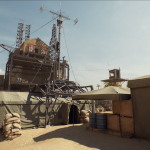



Native screenshots:




Indiana Jones was another big stress test for GeForce Now Ultimate in my mind. The game has fully ray-traced lighting, with the option for a much heavier Path Tracing implementation. On top of that, the game sports Nvidia's new RTX HAIR technology, which as the name implies, brings ray-traced lighting and shadow effects to strands of hair. I can't get away with turning on Path Tracing on the RTX 4080, even with Frame Generation enabled. However, on the RTX 5080 servers, I was able to crank Frame Generation all the way up to 4X. I went into this test fully expecting to see 4x Frame Generation creating noticeable latency, but the cloud servers did not so much as buckle. Swapping between gamepad and mouse controls, everything continued to feel smooth.
Counter-Strike 2:
So if I can't get GeForce Now to buckle in single-player games, what about multiplayer? A competitive shooter like Counter-Strike 2 demands speed, precision and fast reflexes, so surely playing a few competitive matches would be a bad idea? Well…
Cloud screenshot:
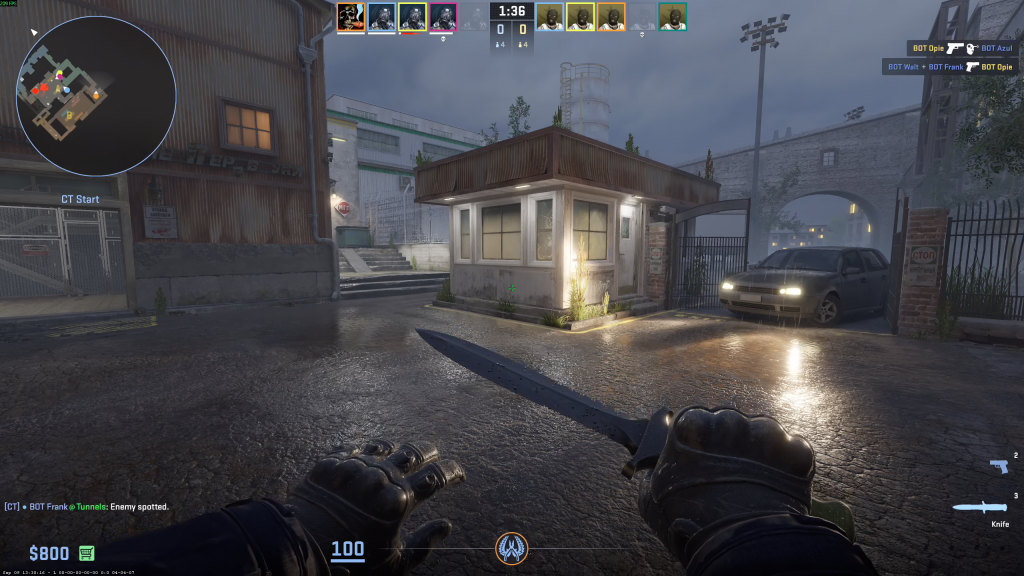
Native screenshot:
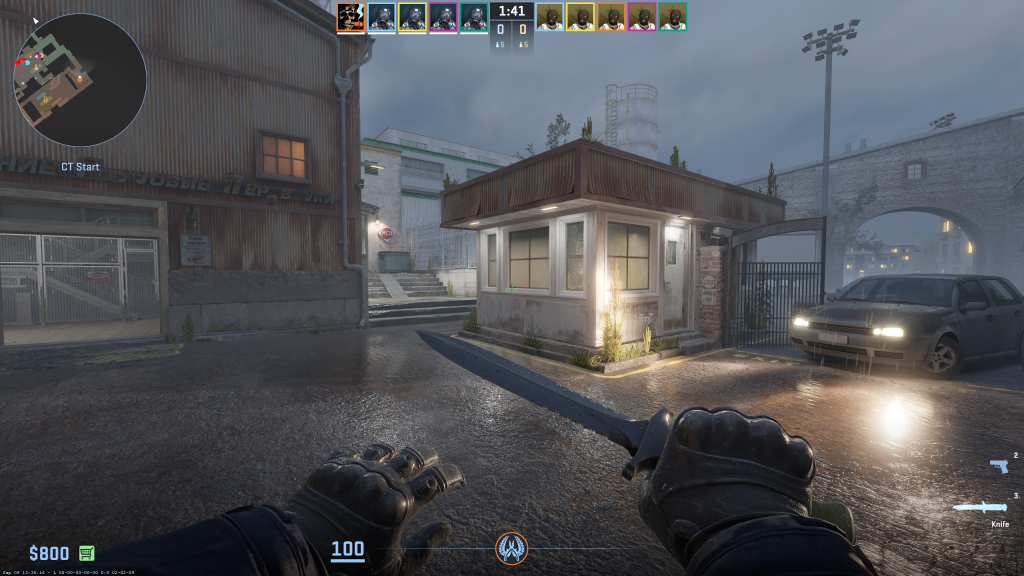
Even Counter-Strike 2 felt as if it was running natively. The game looks exactly as if it were running on my own PC, with the full quality I would expect and no visible signs of compression or black crush. There was a surprising benefit here that I did not consider before playing either – Nvidia's datacentres have the best internet connections on the planet. This meant that my server ping was often lower than on my own home connection, and as long as my internet remained stable, I felt very comfortable playing competitive 5v5 matches.
Overall, playing these games through GeForce Now far beats out the console experience and depending on how high-end your PC is, it may also give you a better experience than running natively. If you are someone who typically games on an xx60 class GPU, then I expect the upgrade would be huge. It really is something that you need to see to believe. If you have fast fibre internet and no access to a high-end PC of your own, you really should give it a go.
While most of this article has been a glowing anecdotal review of my time with GeForce Now, that doesn't mean there were zero negatives.
Now you may have noticed that I wrote the words “as long as my internet remained stable” a couple of times in this article. While not an indictment of Nvidia's technology or quality of service in any way, the cold hard truth is that spotty internet connections are a regular part of life for many. The evening before this article went live, my Virgin Media connection began to experience hours of instability, with frequent 5-minute dropouts. It is not the first time I've experienced this either, I'll typically lose several hours of online time every other month due to ISP shenanigans. I've seen the same happen with Sky,
When you are relying on cloud gaming, that doesn't just cut off your access to multiplayer games, but single-player games as well. This isn't a problem unique to Nvidia, the likes of Netflix, Apple and Disney all suffer from the same market reality – consumer internet is not always reliable and that creates a frustrating experience at times. However, that certainly didn't stop the vast majority from trading in their DVD collections for an all-digital movie viewing experience.
I'm not suggesting that we all trade in our expensive graphics cards for a cloud subscription, but it is hard to argue with the value proposition of an RTX 5080 gaming PC for $20 a month. Assuming you only pick up the occasional game, and don't care about using your PC for anything else, buying a month of subscription time a few times a year would certainly work out cheaper than building your own RTX 5080 PC, and paying the electricity bill on top.
Final notes:
The GeForce Now Ultimate tier now also includes access to your own personal cloud storage. You can pay a small monthly fee for your own persistent storage that can be used to install any game that is not already added to the GeForce Now servers. I got 500GB to use during this early access testing period. For me, it was a great way to get NBA 2K26 running on my Steam Deck, as the game does not run very well at all on the native handheld. The pricing works out at $2.99 for 200GB, $4.99 per month for 500GB and $7.99 per month for 1TB.
In the near future, GeForce Now will also support bespoke peripherals, like Logitech racing wheels and pedals, making the service more friendly for racing sim fans. Soon, you may also start to see a GeForce Now ‘Instant Play' button appearing in Discord. Pressing this button will immediately boot up a GeForce Now play session, so you can quickly join a friend without having to sit through any game installs or updates. So far though, only Fortnite supports this feature.
GeForce Now costs £8.99 per month for a Performance membership, which is limited to 1080p/60FPS, six-hour sessions at a time and an older-gen RTX GPU. For £17.99 per month, you can get GeForce Now Ultimate, now powered by RTX 5080 GPUs, and with the option for up to 4K resolution and up to 240FPS. Nvidia does also offer a GeForce Now free-tier, which you can use for short, 1-hour play sessions with no access to RTX graphics.
Discuss on our Facebook page, HERE.
KitGuru Says: When was the last time you tried cloud gaming? Have you ever experienced GeForce Now Ultimate?
The post
KitGuru Games: Has GeForce Now Ultimate perfected cloud gaming? first appeared on
KitGuru.
